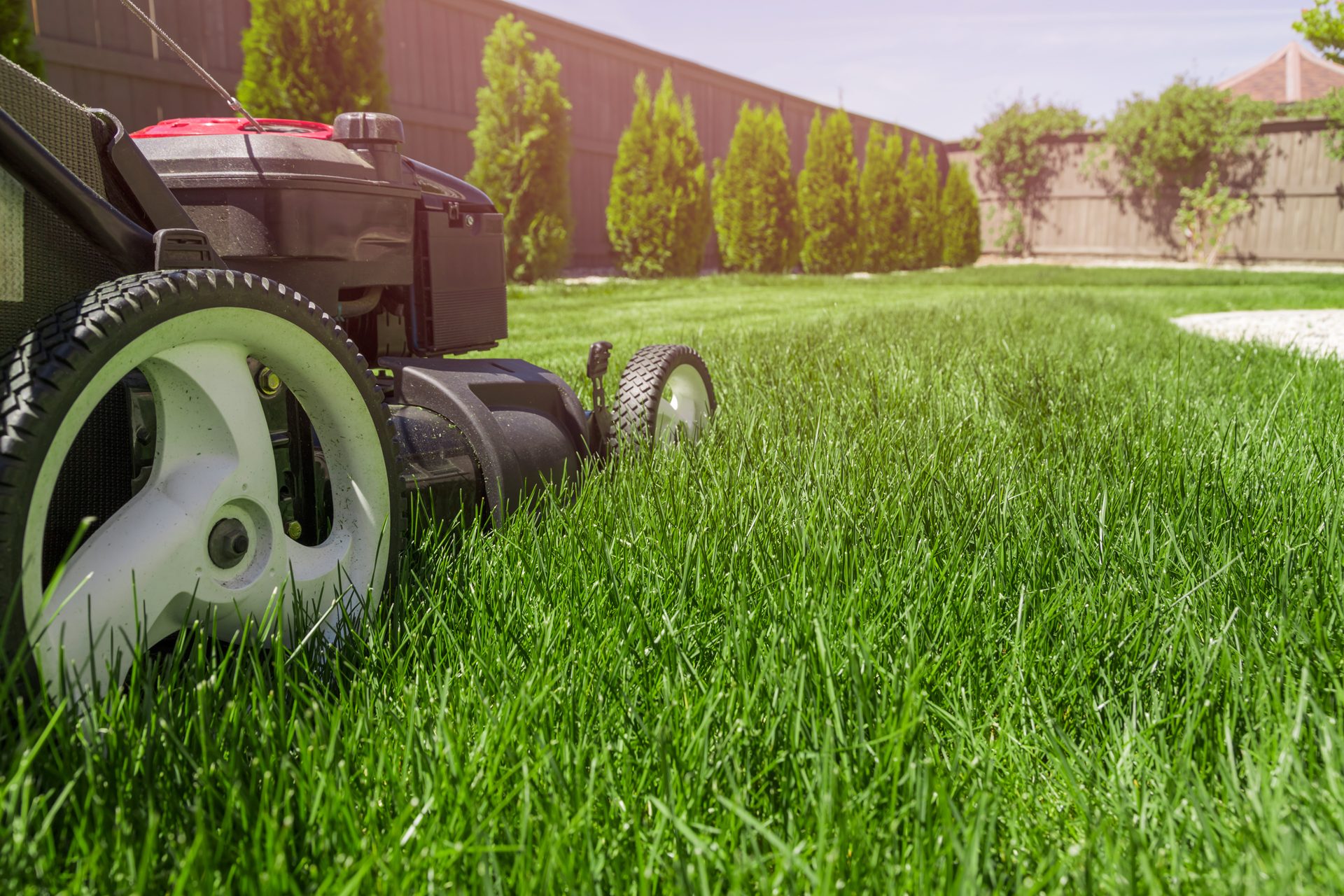The Science of Soil: Testing and Amending for a Vibrant Yard

An lush green lawn is something many homeowners take pride in for many homeowners, serving as an attractive setting for family gatherings, outdoor activities, and serene relaxation. Yet, achieving and maintaining that vibrant yard requires beyond regular mowing and watering. Comprehending the principles of soil is crucial for lawn care success. By testing and amending your soil, you can create the base that promotes healthy grass growth and resilience against bugs and diseases.

In this article, we will delve into the essential steps for testing your soil and making the required amendments to ensure your lawn prosper. From understanding the importance of soil pH to the positive aspects of proper aeration and composting, we will provide you with the knowledge you need for a lush yard. Whether you are a veteran gardener or a newcomer to lawn care, our guide will assist you maneuver through the complexities of soil health and enable you to cultivate a lawn that is the pride of the neighborhood.
Soil Testing and Amendment Techniques
Comprehending the health of your lawn starts with testing the soil, a essential step in determining its nutrient composition and pH value. Soil tests can reveal lack or imbalances that could impede grass growth and total lawn health. https://rentry.co/quvtektk can acquire a soil testing kit from a garden center or send samples to a regional laboratory for testing. Once you receive the test results, you can make educated decisions on which enhancements your soil may need, guaranteeing a strong foundation for a lush healthy lawn.
After pinpointing the specific needs of your soil, the next step is to pick suitable amendments. Common amendments include lime to raise pH levels, sulfur to lower pH, and natural material such as compost or well-rotted manure to boost soil structure and nutrient content. Utilizing these amendments not only improves nutrient availability but also increases drainage and aeration, which are crucial for robust root development. Regularly amending your soil, particularly in the spring and autumn, can make a substantial difference in your lawn’s strength and visual appeal.
Applying proper soil amendment techniques can be a turning point for lawn care enthusiasts. Spread your preferred amendments uniformly over the surface of the lawn and use a landscaping rake or garden tiller to blend them into the top few inches of soil. This process optimizes the contact of the amendments with soil particles, allowing your grass to absorb the additional nutrients efficiently. Remember, nourished soil leads to a thriving lawn, so make soil testing and amendments a priority in your lawn care routine.
Key Lawn Maintenance Practices
To attain a lush and robust lawn, proper mowing techniques are crucial. Routine mowing facilitates grass to develop thicker and helps keep at bay weeds from establishing. It is important to mow at the right height for your specific grass type, as cutting too short can stress the lawn and cause disease. Additionally, using well-maintained mower blades will make smooth cuts, lowering the chance of disease and promoting more efficient healing.
Watering is another important aspect of lawn care that significantly impacts its health. Comprehending the appropriate amount and frequency is vital to avoid too much watering or underwatering. A common guideline is to water thoroughly but infrequently, aiming for about one inch of water per week, including precipitation. Early morning watering is recommended, as it allows the grass to dry during daylight, lowering the potential of mold. Keeping an check on the grass's shade and texture can help evaluate its hydration requirements.
Nutrient application plays a critical role in keeping healthy soil and lush grass. Selecting the appropriate fertilizer, whether organic or synthetic, is contingent upon specific preferences and lawn needs. Frequent soil testing is recommended to detect nutrient deficiencies and adjust fertilization accordingly. Additionally, soil aeration helps enhance soil density and improves nutrient absorption by loosening dense soil and enabling air, water, and nutrients to get to the roots more effectively.
Seasonal Lawn Care Approaches
Maintaining a lush green lawn all throughout the seasons requires a periodic method to maintenance. As spring comes, it’s the moment to wake up your lawn following winter’s dormancy. Start by conducting a thorough inspection for any problems and implement the spring lawn care guide. This includes aerating the soil to enhance nutrient absorption and using fertilizers to promote vigorous growth. Additionally, re-seeding can aid fill in thin patches and lay the groundwork for a lush lawn in the warmer seasons.
When summer heat peaks, keeping your lawn healthy is of critical importance. Pay attention to irrigation strategies by understanding the most suitable times to irrigate—morning is typically best to reduce water loss. It is also crucial to adjust mowing routines to maintain proper grass height, as mowing too short can weaken the lawn. Regularly look for signs of pests and diseases prevalent in the summer, and apply natural remedies or appropriate treatments to maintain your grass thriving despite the heat.
As soon as fall comes, it’s time to prepare your lawn for the cold months. This begins with a last round of mowing and aeration to ensure proper air circulation before cold weather sets in. Using winter fertilizers can assist develop toughness against harsh temperatures. When leaves begin to fall, routine raking is essential to prevent smothering the grass. Following these timely strategies will not only keep your lawn appearing its finest year-round but also enable it endure the trials each season brings.
